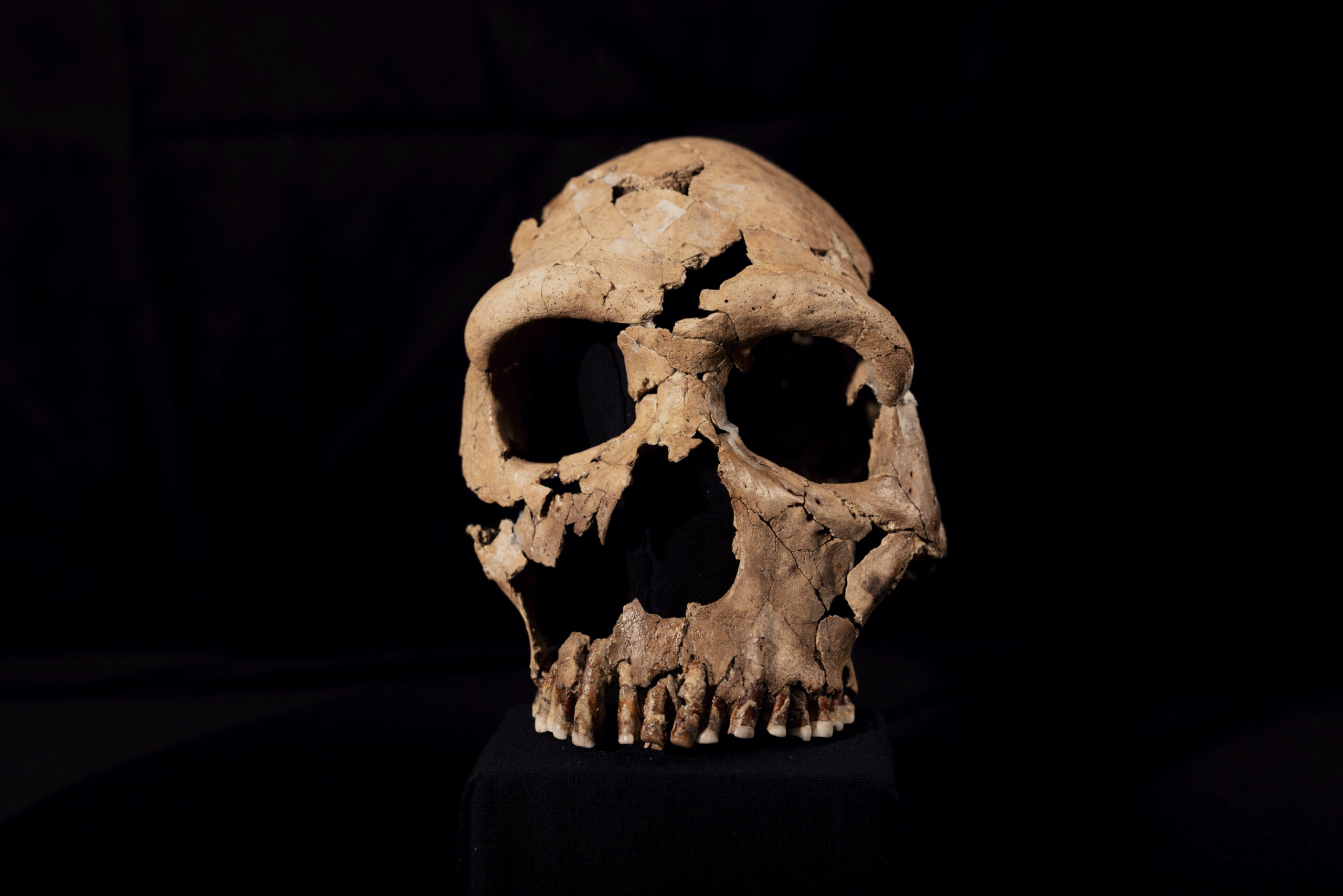Imagine a world 75,000 years ago. In a cave nestled within the mountains of Iraqi Kurdistan, a Neanderthal woman is laid to rest. Fast forward to the 21st century, and a meticulous team of archaeologists painstakingly rebuilds her face, offering a glimpse into a species long shrouded in mystery.
This remarkable feat is documented in the new Netflix documentary, “Secrets of the Neanderthals,” produced by BBC Studios Science Unit. The film follows a team led by the Universities of Cambridge and Liverpool John Moores as they return to Shanidar Cave, a site famous for unearthing several Neanderthals in the 1950s.
Their latest discovery, however, is unlike any other. It’s the first Neanderthal from the cave in over half a century, and potentially the best-preserved individual found this millennium. Nicknamed Shanidar Z, the remains were crushed, possibly by a cave-in, soon after death. The team meticulously extracted over 200 bone fragments, meticulously piecing together a skull flattened to a mere two centimeters thick.
The reconstruction process was a high-stakes 3D jigsaw puzzle. Each fragment was cleaned, stabilized, and scanned before being meticulously reassembled by lead conservator Dr. Lucía López-Polín. Forensic science even played a role, helping researchers understand how the bones shifted over time.
With the skull rebuilt, a 3D-printed replica became the canvas for paleoartists Adrie and Alfons Kennis. Layer by layer, they added muscle and skin, revealing a face that challenges our preconceptions of Neanderthals.
“The skulls of Neanderthals and humans look very different,” explains Dr. Emma Pomeroy, a paleo-anthropologist featured in the documentary. “But the recreated face suggests those differences were not so stark in life.”

Indeed, Shanidar Z’s features hint at a common ancestry with modern humans. This aligns with the fact that almost everyone alive today carries some Neanderthal DNA, a testament to interbreeding between our species.
Further analysis revealed Shanidar Z to be an older female, likely in her mid-forties – a remarkable age for that time period. Researchers believe she may be the upper half of an individual partially unearthed in 1960.

Shanidar Z wasn’t alone. At least ten Neanderthals have been found in the cave, with five clustered together in a designated burial area marked by a massive rock. This location, used repeatedly over a long period, suggests a deliberate ritualistic practice.
“Our discoveries show that the Shanidar Neanderthals may have been thinking about death and its aftermath in ways not so very different from ourselves,” says Professor Graeme Barker, who leads the excavations.

This finding resonates with earlier discoveries at Shanidar Cave. In 1960, archaeologist Ralph Solecki unearthed a Neanderthal surrounded by pollen, leading him to propose a form of flower burial. While the pollen may be explained by burrowing bees, other evidence suggests a compassionate Neanderthal society. One male unearthed had disabilities – a paralyzed arm, deafness, and partial blindness – yet lived a long life, implying he was cared for by his group.

Shanidar Z’s posture hints at a similar sentiment. Laid to rest in a specially prepared hollow, her body was positioned with her hand under her head and a rock seemingly placed as a cushion.
While the exact timeframe within the 75,000-year window remains unclear, new discoveries continue to surface. During filming for the documentary, the team unearthed another individual in the same burial cluster. Additionally, microscopic traces of charred food suggest Neanderthals not only cooked, but did so near their deceased.
“For these Neanderthals, there does not appear to be that clear separation between life and death,” observes Dr. Pomeroy.
The return to Shanidar Cave is more than just unearthing bones; it’s about rewriting our understanding of Neanderthals. They were not the brutish, primitive creatures of popular imagination. Evidence points to a complex society capable of ritualistic burials, food preparation, and caring for their own.

Shanidar Z, a woman who lived 75,000 years ago, offers a powerful reminder that our ancestors were more alike than different. As Dr. Pomeroy concludes, “She was a repository of knowledge for her group, and here we are seventy-five thousand years later, learning from her still.”
Source: University of Cambridge
